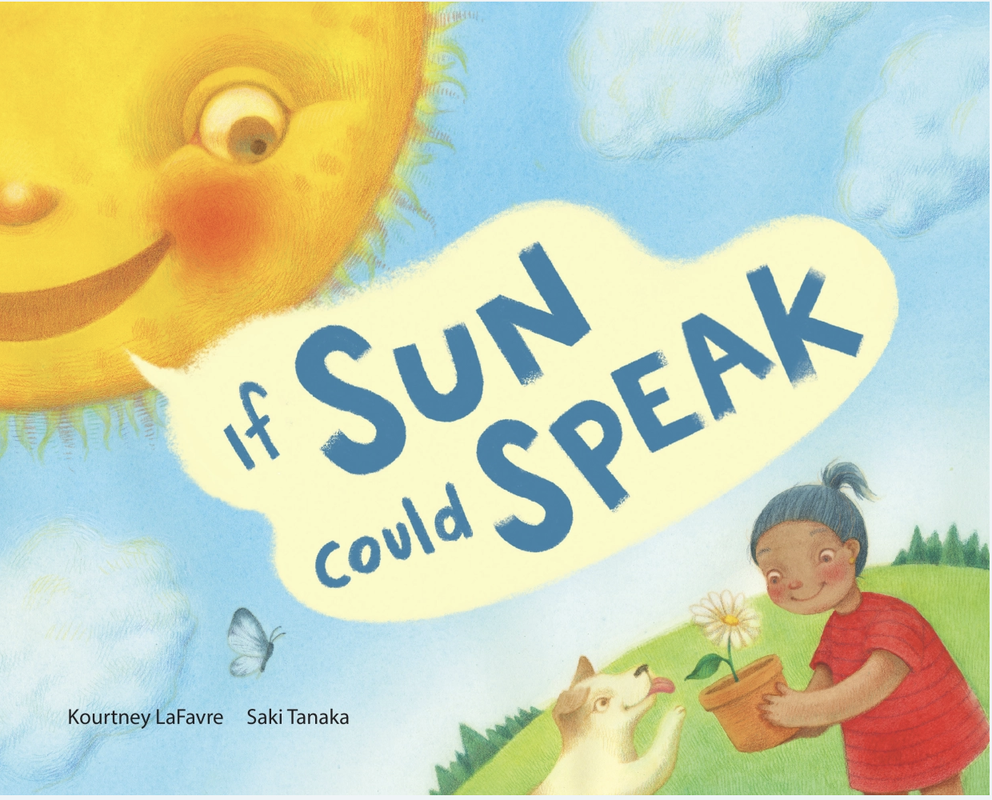Hello Dear Readers! I’m so happy to be here and sharing about one of my loves: STEM and STEAM books!
STEM stands for Science, Technology, Engineering, Mathematics. STEAM includes an “A” for Arts. STEM is the more prevalent acronym used in education. Here’s some reading about the differences and the debate over integration of arts into STEM: https://stemeducationguide.com/stem-v-steam/
And also STEM VS STEAM, a comparison guide for educators: https://artsintegration.com/2022/07/13/stem-vs-steam/
STEAM/STEAM books are an important component of kid lit. They not only help develop literacy skills, but also deliver info and knowledge to readers that leads to learning STEM/STEAM content. My favorite books also take it a step further and invite readers to develop their inquiry and thinking skills. It’s an opportunity to plant a seed that maybe the reader will discover something incredible or be the worlds next great scientist, inventor, mathematician, artist, or engineer!
If you’re looking for ideas and inspiration for your STEM/STEAM kid lit writing here are my three biggest tips:
#1 Pay attention, be curious, ask questions, and get involved. We can’t expect children and our readers to do these things, if we don’t do them ourselves. Curiosity and wonder are the keys that open the door to STEM/STEAM thinking! From my book IF SUN COULD SPEAK, “There are remarkable things happening all around you. Be sure to look around and ask yourself, “Why is this happening?
How did it come to be? The search for truth never ends as long as you keep seeking.“
Seeking out STEM/STEAM ideas requires you to utilize your thinking and questioning skills about the world around you and your place in it. What do you wonder about? What do you observe? These inquiries just might lead to your next idea!
#3 Read, read, read children’s books. And then read some more! I average 30-50 children’s books a month, with a good blend of newly published books and old favorites. It is important to read what’s currently being published, not because you want to write to a trend (write the story you love and write it well) but rather to get a grasp of what publishers are producing and help you understand the industry. Visit your local library and take advantage of inter-library loans to get your hands on as many recently published books as you can.
For further reading and recommendations for your reading list, check out these resources:
https://www.cbcbooks.org/readers/reader-resources/best-stem-books-list/
https://stemwomenkidlit.buzzsprout.com/
https://www.nsta.org/best-stem-books-k-12
https://ecstem.caltech.edu/STEMlibrary
https://dornsife.usc.edu/joint-educational-project/diversifying-stem-based-childrens-books/
I hope you’ll join me next month to continue talking about STEM/STEAM and I’ll share some ideas for finding or deepening your next great story!




